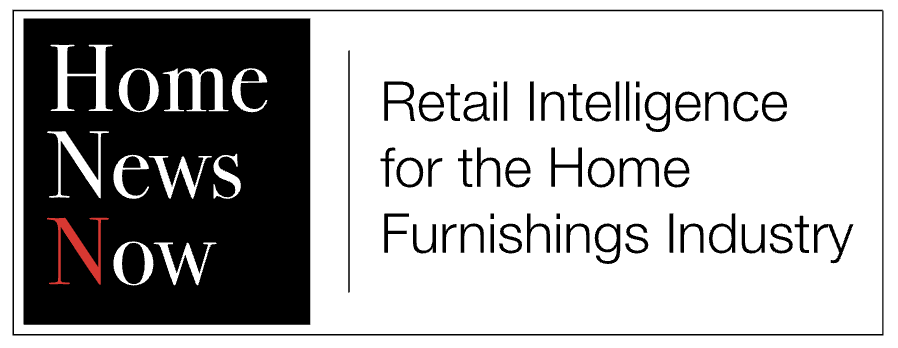Data provides context to activity in the housing market particularly with a slower pace of existing home sales
WASHINGTON — A report published late last week by the Consumer Financial Protection Bureau shows a drop in annual mortgage applications last year tied to high interest rates.
While the data references activity in 2023, the findings provide some context to the slow housing market this year, particularly with existing home sales.
According to the report, both loan applications for home purchases and refinancing declined by double digits.
For example, loan applications declined 30% and originations declined 32% from 2022. Refinancing activity declined by 64%, which is evidence that many homeowners already had attractive mortgage rates, thus negating the need to refinance. The report added that most of the refinance originations in the market were a small number of cash-out refinance loans.
The report went on to note that the average monthly payment excluding taxes and insurance for those taking out a conventional 30-year fixed-rate mortgage rose from $2,045 in December 2022 to $2,295 in December 2023, a 12.2% increase. It said that the increase was driven largely by the rise in mortgage interest rates.
“Despite this, the average debt-to-income ratio of home purchase applications did not change significantly year over year,” the report said, adding that this likely “reflects lenders shifting toward higher-income and away from lower-income borrowers.”
In addition, more than half, or 56%, of all borrowers paid discount points, which was up nearly 13% from 2022. It also noted that the median discount points paid for home purchase loans was about $3,000 and for refinance loans was about $3,900.
Total loan costs also rose, affecting Hispanic and African-American borrowers more than other borrowers. For example, the median loan cost for home purchases was $6,700 in 2023 and was more than $7,300 for finance loans. The report said that Hispanic and African-American borrowers experienced faster increases in median total loan costs compared to Asian and non-Hispanic white borrowers.
As home prices have risen, homeowners also are devoting more of their incomes towards mortgages. According to Realtor.com, the average family spent 24.2% of their income on a mortgage in the first quarter of this year, down from 26.1% in the prior quarter but up from 23.3% from a year earlier. This report went on to note that first-time buyers, which includes many younger consumers, spent 36.5% of their family income on monthly mortgage payments.
Lenders typically recommend that borrowers not spend more than 28% to 30% of their income on a mortgage payment.
The Realtor.com housing report from April also noted that 68% of the largest metro areas in the U.S. required incomes of more than $100,000 to afford the median priced home at interest rates at the time of 6.75% for a 30-year fixed-rate mortgage.
The NAR report also noted that a family needed a qualifying income of at least $100,000 to afford a 10% down payment mortgage in 40.7% of markets, which it said was down 47.1% in the previous quarter, “reflecting a slight uptick in affordability as interest rates eased.”
The more income devoted to monthly mortgage payments, as well as utility bills, home appliances and other housing costs means less money is available for furniture spending, hastening consumers’ need for lower-priced goods.
A key takeaway? Incomes will need to rise to support rising housing costs not to mention other spending, including furniture.




